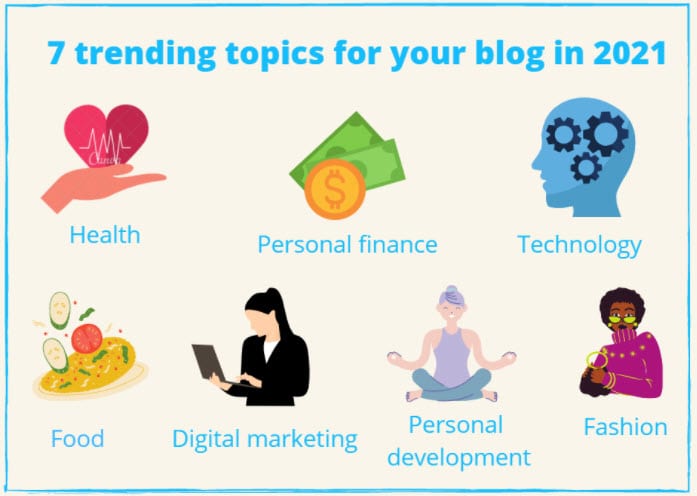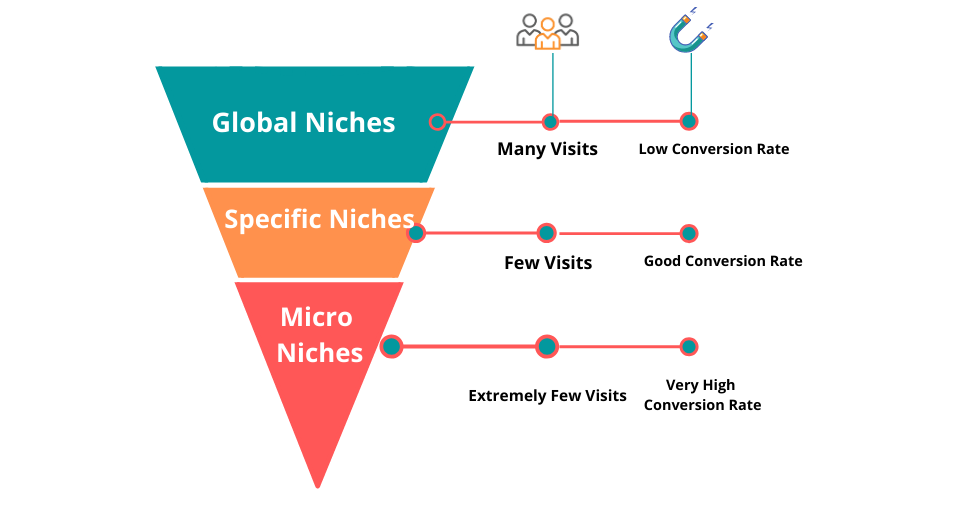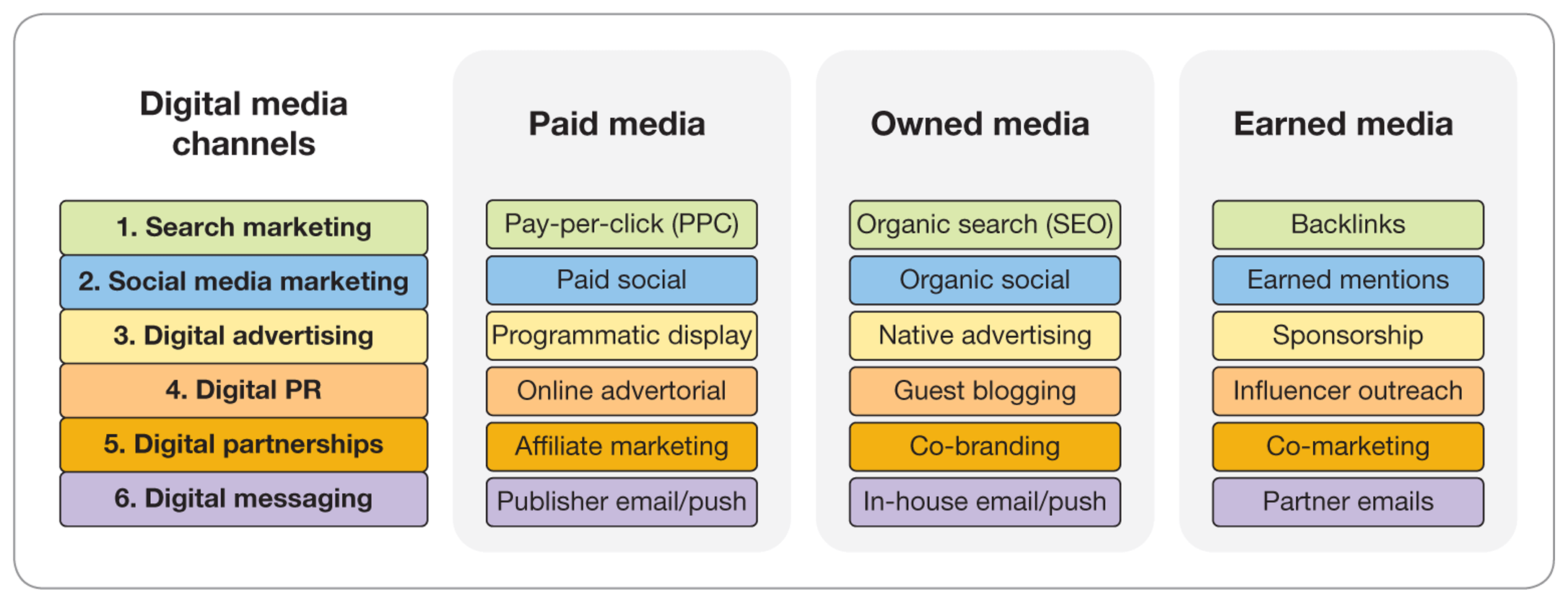There are various types of content creation, including blog posts, articles, social media updates, videos, podcasts, infographics, and ebooks. These different forms of content cater to different audiences and purposes, allowing businesses and individuals to engage with their target markets in a variety of ways.
Whether it’s sharing informative articles, visually appealing infographics, or engaging videos, content creation is essential for educating, entertaining, and connecting with audiences. By adopting a diverse content creation strategy, businesses can effectively communicate their brand message, build credibility, and attract and retain customers.
So, understanding the different types of content creation and their respective benefits is crucial for anyone looking to establish a strong online presence and create meaningful connections with their audience.
Credit: marketplace.atlassian.com
What Is Content Creation?
In the digital landscape, content creation has become an integral part of any successful online presence. But what does content creation actually mean? Simply put, content creation refers to the process of developing and producing valuable and engaging content for a specific target audience. Content can come in various forms such as blog posts, videos, infographics, social media updates, and podcasts, among others. A well-crafted piece of content attracts the attention of users, provides them with valuable information, and ultimately helps achieve marketing goals.
Definition Of Content Creation
In the realm of online marketing, the term “content creation” refers to the process of creating and developing valuable and engaging content with the purpose of attracting and retaining the attention of a specific target audience. It involves understanding the needs, preferences, and interests of the target audience and producing content that resonates with them.
Importance Of Content Creation
Content creation plays a crucial role in establishing a strong online presence and driving organic traffic to a website. Here’s why content creation is of utmost importance:
- Enhancing Search Engine Optimization (SEO): High-quality content that is optimized with relevant keywords and structured properly can significantly improve a website’s ranking on search engine result pages. Search engines, like Google, favor websites that provide valuable and updated content to users, leading to better visibility and organic traffic.
- Engaging and Educating the Target Audience: Well-crafted content has the power to captivate and engage the target audience. By delivering valuable and informative content, businesses can establish themselves as industry experts, build trust with their audience, and position themselves as the go-to source for relevant information and solutions.
- Building Brand Awareness and Authority: Consistently producing quality content helps build brand awareness and establishes a company as an authority in its field. Through informative articles, industry insights, and engaging visuals, businesses can showcase their expertise, which boosts brand credibility and encourages audience loyalty.
- Generating Leads and Conversions: Content that is tailored to the needs and pain points of the target audience has the potential to generate valuable leads. By providing solutions to the audience’s challenges and presenting relevant call-to-actions, businesses can nurture their leads and guide them through the conversion funnel.
- Facilitating Social Sharing and Engagement: In the era of social media, compelling and shareable content has a ripple effect. When users find content valuable, informative, or entertaining, they are more likely to share it with their own networks, increasing brand visibility and engagement. This can lead to a wider audience reach and potential growth opportunities.
The importance of content creation in the digital landscape cannot be overstated. It plays a pivotal role in attracting, engaging, and converting target audiences. By understanding the significance of content creation and utilizing it effectively, businesses can stay ahead of the competition and establish a strong online presence.
Different Types Of Content Creation
When it comes to digital marketing and creating engaging content, there are different types of content creation that can be utilized to capture the attention of your target audience. Each type of content has its own unique strengths and can be effective in different situations. In this blog post, we will explore the different types of content creation: Written Content, Visual Content, Audio Content, and Video Content. Let’s dive in!
Written Content
Written content is the foundation of online communication. It includes blog posts, articles, whitepapers, and social media captions. This type of content allows you to convey information, express your thoughts, and engage with your audience through well-crafted words. Written content is not only search engine friendly but also captures the attention of readers who prefer consuming information in a textual format.
Here are some benefits of written content:
- It helps in building brand authority and expertise in your niche.
- It can be optimized for search engines, increasing your website’s visibility online.
- Written content can easily be shared and spread across different platforms.
Visual Content
Visual content refers to images, infographics, and illustrations that are used to convey information. It is said that a picture is worth a thousand words, and in the online world, visual content holds tremendous power. It helps in enhancing the overall user experience and making complex information easier to understand.
Here are some benefits of visual content:
- Visual content is highly shareable and can go viral on social media platforms.
- It improves engagement as visuals tend to capture attention more effectively compared to plain text.
- Visual content helps in brand identity and makes your content memorable.
Audio Content
Audio content is gaining popularity in the form of podcasts, audiobooks, and voice-assisted technologies. This type of content allows your audience to consume information while multitasking. From a user’s perspective, it provides an immersive listening experience, enabling them to connect with your brand on a more personal level.
Here are some benefits of audio content:
- It allows your audience to listen to your content while doing other activities such as driving or exercising.
- Audio content helps in creating a loyal audience base who follow your brand consistently.
- It adds variety to your content strategy, catering to different learning preferences.
Video Content
Video content has exploded in popularity over recent years and is now one of the most powerful forms of content. It includes explainer videos, tutorials, webinars, and live streaming. Video content grabs attention quickly, making it an effective medium for storytelling and showcasing your products or services.
Here are some benefits of video content:
- Video content increases engagement and captures audience attention for a longer time.
- It allows you to communicate complex ideas more easily through visual and auditory elements.
- Video content has higher potential for viral reach and social sharing.
Now that you are familiar with the different types of content creation, you can choose the ones that align with your business goals and resonate with your target audience. Remember, a successful content strategy often involves a combination of different types of content to create a more engaging and diverse online presence.
Benefits And Considerations For Each Type
When it comes to content creation, there are various types to choose from, each with its own unique benefits and considerations. It’s important to understand these advantages and best practices so that you can create engaging and effective content that resonates with your target audience. Whether you prefer written, visual, audio, or video content, this section will explore the benefits and considerations for each type.
Advantages And Best Practices For Written Content
Written content remains the cornerstone of digital communication. It enables you to convey complex information, showcase your expertise, and improve your website’s search engine visibility. Here are some advantages and best practices for written content:
- Advantages:
- Increases brand credibility and trust
- Improves search engine optimization
- Can be easily shared and linked to
- Best Practices:
- Ensure clarity and conciseness
- Break up text with subheadings and bullets
- Use relevant keywords for better SEO
Advantages And Best Practices For Visual Content
Visual content such as images, infographics, and videos can make your content more engaging and memorable. It allows you to convey information in a visually appealing way, catering to the preferences of visual learners. Here are some advantages and best practices for visual content:
- Advantages:
- Grabs attention and increases user engagement
- Makes complex concepts easier to understand
- Increases social sharing potential
- Best Practices:
- Create high-quality and relevant visuals
- Optimize image file sizes for faster loading
- Include alt text for accessibility and SEO
Advantages And Best Practices For Audio Content
Audio content, such as podcasts and audio interviews, is a popular medium that allows you to connect with your audience in a more personal and immersive way. It provides flexibility for your audience to consume content while multitasking. Here are some advantages and best practices for audio content:
- Advantages:
- Allows for convenient consumption on the move
- Builds a loyal and dedicated audience
- Enables intimate storytelling
- Best Practices:
- Invest in quality recording equipment and editing
- Use a clear and engaging tone of voice
- Keep episodes focused and structured
Advantages And Best Practices For Video Content
Video content has exploded in popularity and is a highly effective way to engage and connect with your audience. It allows you to showcase products, demonstrate processes, and tell compelling stories visually. Here are some advantages and best practices for video content:
- Advantages:
- Creates a strong emotional connection
- Increases views and social shares
- Boosts website conversion rates
- Best Practices:
- Invest in good lighting and audio quality
- Keep videos concise and engaging
- Include captions for accessibility and SEO

Credit: optinmonster.com

Credit: m.facebook.com
Frequently Asked Questions On Types Of Content Creation
What Are The 5 C’s Of Content Creation?
The 5 C’s of content creation refer to clarity, consistency, conciseness, creativity, and credibility. These aspects help create effective and engaging content that resonates with the target audience, delivers key messages clearly, maintains a consistent tone and voice, captures attention with creative approaches, and establishes trust and credibility.
What Types Of Content To Create?
To create effective content, focus on these types: 1. Blog posts: Share valuable information, industry insights, or helpful guides. 2. Infographics: Present data or complex ideas visually. 3. Videos: Engage with dynamic visuals and storytelling. 4. eBooks or whitepapers: Dive deeper into a specific topic with in-depth research.
5. Social media posts: Share bite-sized content that resonates with your target audience.
What Are The 3 C Of Content Creation?
The 3 C’s of content creation are: 1. Consistency: Creating content regularly helps maintain engagement and build a loyal audience. 2. Clarity: Content should be clear, concise, and easy to understand to effectively communicate your message. 3. Creativity: Unique and innovative content helps you stand out and captivate your audience’s attention.
What Is An Example Of Content Creation?
An example of content creation is when a writer or creative professional produces articles, videos, infographics, and social media posts to engage and inform an audience. Content creation is an essential part of digital marketing strategies.
Conclusion
Understanding the different types of content creation is essential for any digital marketer or content creator. By incorporating various formats such as blog posts, infographics, videos, and podcasts, you can engage your audience and meet their diverse preferences. Additionally, creating high-quality and SEO-friendly content ensures better visibility in search engines, ultimately driving more traffic and conversions.
Keep exploring and experimenting with different content types to stay ahead in the ever-evolving digital landscape.




